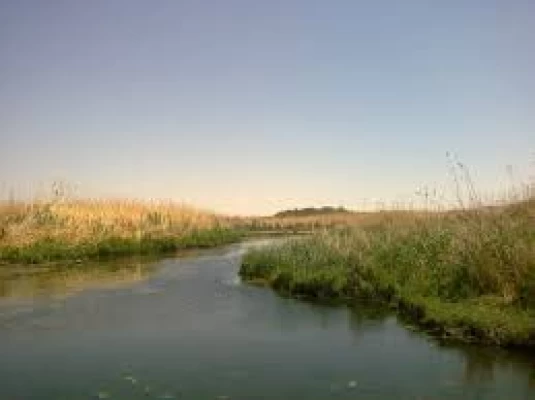
Azraq Wetland Reserve
Azraq Wetland Reserve
Azraq Wetland Reserve is an extraordinary wetland situated in the middle of the dry clamour of the deserts of Jordan very close to the city of Azraq. The reserve has a number of fish bearing ponds as well as seasonally inundated marshes dense with vegetation. The reserve also has an extensive mudflat that is used by birds as a stopover point on their long migratory flight from Africa to Europe (and back), with some species breeding and others only wintering in the reserve.
Jordan contains several wetlands of particular significance, and among them are the Fiva and Azraq nature reserves, which, according to the recent announcement by the Royal Society for the Protection of Nature (RSPN), are now part of the IUCN Green List.
Wetlands play an essential role in ecosystem development acting as connectors between land and water bodies, performing numerous tasks for the use of mankind, for instance, serving as water filters or providing high quantities of fish and other marine organisms, and of great significance in the adaptation strategies to climate change.
On February 2 of each year, the world celebrates Wetlands Day, which coincides with the adoption of the International Convention on the Conservation of Wetlands in 1971 in Ramsar, Iran, with the aim of protecting wetlands and their resources and services, which Jordan was the first Arab country to sign in 1977.
The Royal Society for the Protection of Nature joins the world in celebrating this day to raise awareness of the great importance of wetlands in human life and their vital functions for the planet.
Wetlands suffer from a number of challenges, most notably the decline in the water level, either for natural reasons such as the scarcity of rainfall and its fluctuating amounts, or for human reasons such as over-pumping and depletion of water sources.
The amounts of water that reached the bottom of the blue are still limited and have not made any difference so far, indicating that the bottom during its flooding cycle is a magnet for water birds migrating from Europe to Africa and vice versa, so bird monitoring activity increases during this period and records the types of birds that visit the reserve.
With an area of more than 12,000 square kilometers, the Blue Bottom is one of the most ecologically important bodies of water in the Arabian Desert, and it is a global station that attracts migratory birds, especially with the arrival of September every year.
The importance of the Azraq Bottom, which begins in Syria and ends in Saudi Arabia, does not stop there, as the people of the region used it in the past to produce table salt in the summer, but today this industry is limited to a limited number.














